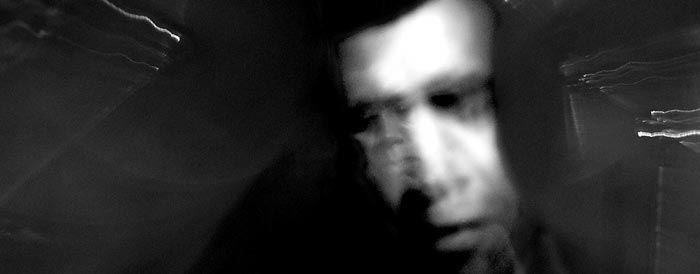| [ conversations ] | testo italiano | |
| Donald Robinson: between language and physicality by Erika Dagnino |
||
 photo by Mattew Campbell |
||
|
B
orn in Boston, Massachusetts, in 1953, Robinson first studied classical percussion at the New England Conservatory. During the early 1970's he served his musical apprenticeship in the jazz world of Paris, studying with Kenny Clarke and playing with Alan Silva, Anthony Braxton, Oliver Lake and Bobby Few among many others. He first played with Spearman as a duet partner during this period in Paris, an association which continued through various configurations and many recordings until the saxophonist's death in 1998. He is a stalwart of the of San Francisco bay area avant-garde jazz scene, playing and recording with many of the area's improvisational players, from saxophonists John Tchicai, Marco Eneidi and Larry Ochs to koto player Miya Masaoka and pianist Matthew Goodheart, and with prominent visitors like Cecil Taylor, Wadada Leo Smith, George Lewis, trumpeter Raphe Malik and Canadian pianist Paul Plimley. Much of this work has featured the combination of Robinson and bassist Lisle Ellis as rhythm section. The following transcript focuses on performance and communication bound together in a relationship which matches the entire body with active perception. Within this bind, both the listener and the artist can (or need to) summarize his/her whole persona either into a single meaning or into the total and peculiar of the available senses, all through an ongoing exchange of fragmentation and re-composition, separation and global reassumption. Improvisation, as a kind of unverbal automatic
writing, is a kind of scission between the
consciouness and the outburst, leaving the ‘deep
yourself’ free to speak… |
The commentary and
statements in improvisation can be expressed in many different forms
not just through a musical instrument. I wouldn't say that there is a
scission between the consciousness and “outburst.“ Sometimes the form of expression does come in the form of outburst. Some improvisation is very conscious. |
|
| (1) [2] [3] | ||